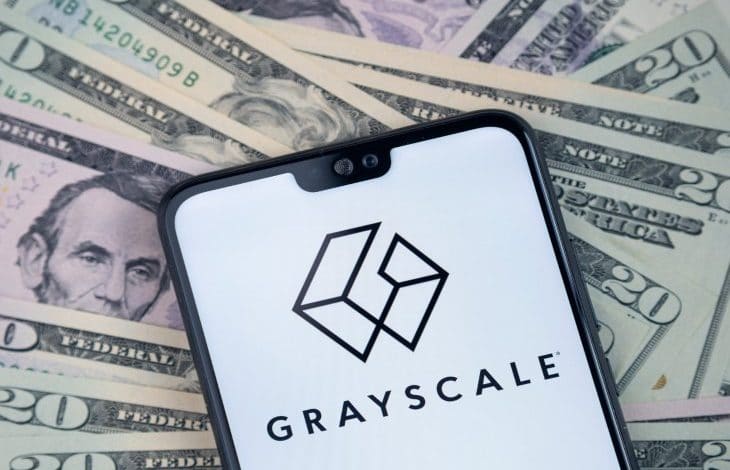Solana drops over 6% despite Helius Medical $167 million SOL treasury purchase
- Helius Medical announced that it has purchased over 760,000 SOL for about $167 million.
- The purchase follows its $1.25 billion funding initiative led by Pantera Capital and Summer Capital.
- SOL is down over 6% despite the announcement.
Solana (SOL) declined by more than 6% on Monday, despite Helius Medical's (HSDT) acquisition of over 760,190 SOL for about $167 million.
Helius Medical kicks off Solana treasury with over 760,000 SOL acquisition
Helius Medical Technologies announced its first acquisition of Solana tokens as part of its digital asset treasury strategy, according to a statement on Monday.
The company now holds more than 760,190 SOL at an average cost basis of $231, bringing its total SOL stash to $167 million. It also revealed an excess of $335 million in cash reserves, which the company plans to allocate toward advancing its digital asset treasury strategy.
"It has been gratifying to receive shows of support from multiple stakeholders across the Solana ecosystem, including staking providers, DeFi protocols and others," said Joseph Chee, Executive Chairman of Helius Medical.
The company initially revealed its interest in a Solana treasury last week, following its announcement of a $1.25 billion capital raise. The funding included over $500 million in potential proceeds from a private investment in public equity (PIPE) deal and $750 million from a sales offering, led by investment firms Pantera Capital and Summer Capital.
"The initial accumulation at a lower cost basis than recent market prices, while still retaining the large majority of its capital raised for more opportunistic purchases, showcases how laser focused the team is on maximizing shareholder value by having market awareness and being responsible stewards of capital," said Cosmo Jiang, Board Observer at HSDT and General Partner at Pantera Capital.
HSDT closed the day with a decline of over 30% despite the announcement.
Pantera Capital founder Dan Morehead told CNBC last week that the firm holds $1.1 billion in SOL, which is also its largest position. He also added that Solana has outperformed Bitcoin over the past four years.
SOL is changing hands at $220 on Monday, down over 6% despite the announcement. The token has also stretched its weekly loss to 7%.
You May Also Like

Earn every day: Oak Mining makes crypto mining simple and rewarding

Bittrex bankruptcy: $500M of fabricated transactions in filings
